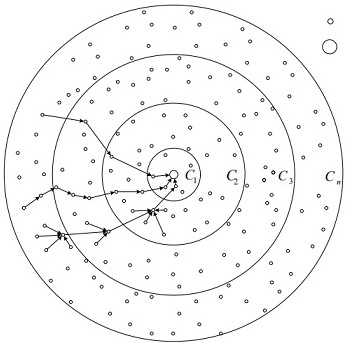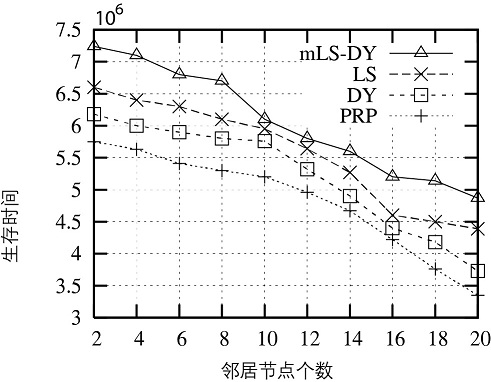Wireless sensor network survival time optimization method based on fusion conjugate gradient
A wireless sensor network and time-to-live technology, applied in the field of communication, can solve the problems of reduced network working time and abnormal data transmission base stations, etc., to reduce node energy consumption, improve survival time and network service quality, and improve search efficiency. Effect
- Summary
- Abstract
- Description
- Claims
- Application Information
AI Technical Summary
Problems solved by technology
Method used
Image
Examples
Embodiment Construction
[0103] The following will clearly and completely describe the technical solutions in the embodiments of the present invention with reference to the drawings in the embodiments of the present invention. This implementation is based on the network resource allocation method of the fusion conjugate gradient method, and is realized through the following technical solutions.
[0104] Description of the system model
[0105] The wireless sensor network is represented by an undirected graph G(A, L), and the set of base stations and sensor nodes in the WSN network is set as A. With the base station as the center of the circle, the sensor nodes are divided into a series of circular areas of equal width, which are recorded as C from the inside to the outside. 1 , C 2 ,...,C n ,like figure 1 shown. There is only one base station node in the network, and the base station has strong processing capability, communication capability and storage capability, and its energy is not limited. ...
PUM
 Login to View More
Login to View More Abstract
Description
Claims
Application Information
 Login to View More
Login to View More - R&D
- Intellectual Property
- Life Sciences
- Materials
- Tech Scout
- Unparalleled Data Quality
- Higher Quality Content
- 60% Fewer Hallucinations
Browse by: Latest US Patents, China's latest patents, Technical Efficacy Thesaurus, Application Domain, Technology Topic, Popular Technical Reports.
© 2025 PatSnap. All rights reserved.Legal|Privacy policy|Modern Slavery Act Transparency Statement|Sitemap|About US| Contact US: help@patsnap.com



